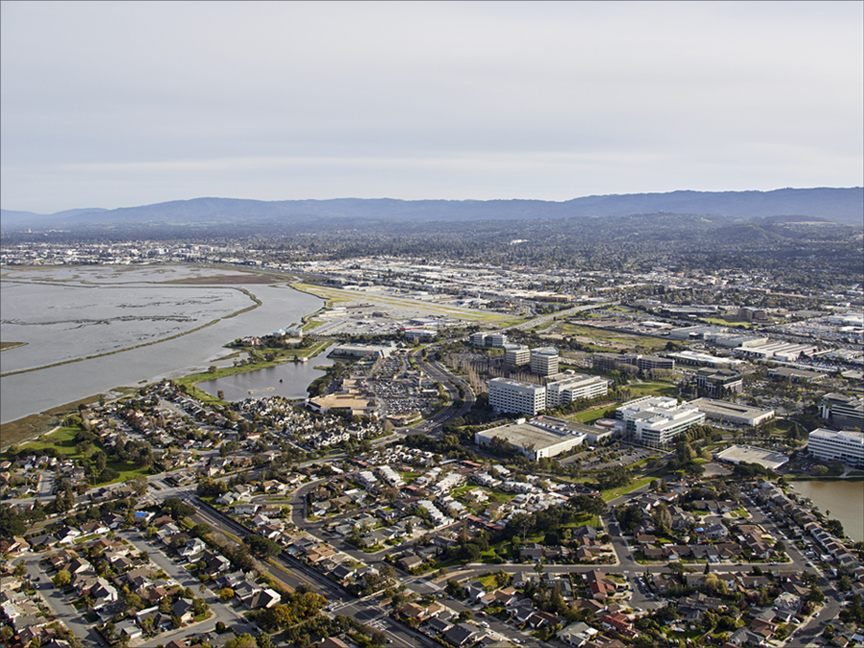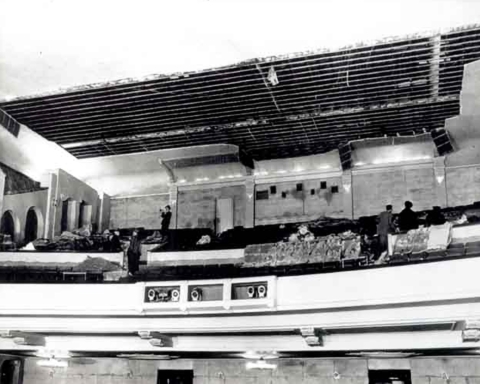It might be easier to get behind the regional effort to force more housing on the San Mateo County cities if it didn’t feel like bullying from a bunch of arrogant officials who just happen to represent big cities.
And yes, they are arrogant, fully invested in their own self-righteous view of who has been doing the most to resolve the widely acknowledged housing crisis.
None more so than Assemblyman Phil Ting, D-San Francisco, who, I’ve been told, recently lectured the county Council of Cities on their obligations to the region, as he appears to see them.
Or San Jose Mayor Sam Liccardo, who recently told KQED radio: “The reality of the political calculus is, we know an awful lot of suburban voters already have got theirs. Right? They own their homes. Those homes are appreciating rapidly in value. … We’ve got 99 cities and towns in this Bay Area. And right now the three large cities — Oakland, San Francisco and San Jose — are leaning in hard on trying to get more housing built. We’re not going to make progress with just three cities. We need everyone pushing together.”
Of course, nobody likes to get pushed around.
The temptation to launch into a rant about this is almost overwhelming. Something along these lines: If he’s so hot to build more housing, Liccardo can rip up the city’s Rose Garden district and put in as many apartment buildings as he wants. Or bulldoze all those homes in the eastern hills, around which the city put development restrictions years ago. No one’s stopping Ting from whipping right through the Sunset, taking out all those single-family homes and building high-rise, below-market apartments. They want to be big cities, let them go right ahead.
Or how about this: In 2018, Liccardo backed a San Jose ballot measure that would extend the city’s “greenbelt” and, in the words of his own opinion piece, “protect our hillsides and open spaces from sprawl and choking traffic by strengthening the city’s ability to deny such projects in our environmentally sensitive, outlying areas.” Gosh, quoting Mayor Liccardo, is kind of fun.
Anyway, the problem is that if you look past the arrogance – it’s a struggle — there are two fundamental realities that cannot be ignored. The first is that the cities of San Mateo County are building more housing than Ting or Liccardo understand, not that they bothered to find out.
The second, and more important reality, is that they’re right: San Mateo County cities need to build more housing than they already are.
First, the facts, which don’t fit the narrative of the big cities. An analysis by the staff at the City/County Association of Governments (C/CAG) of San Mateo County, shows more than 6,000 housing units were built in the county from 2014 through 2018. Another nearly 4,000 housing units currently are under construction. Another 3,400 housing units have been granted permits to begin construction. And another 8,900 units are in the planning pipelines of 18 of the cities.
Add it all up and 22,375 units have been built or are somewhere in the construction pipeline. Assuming all of it is built, that will mean a total number of housing units of 300,294 in San Mateo County, an 8 percent increase since 2004. As of the latest census figures, San Mateo County’s population was 771,410. Assuming a standard of 2.8 persons per new household, that’s an additional 62,000 residents, also an 8 percent increase.
Is that smaller or slower than San Francisco, which doesn’t mind cramming people on top of each other, or San Jose, which has been the model of suburban sprawl since the 1950s? Perhaps. But for a county that didn’t grow at all for decades, this is the most dramatic surge in housing and population in San Mateo since the post-World War II boom.
So, 8 percent is pretty good. But there’s a need and an opportunity for the cities to do better.
That’s not just my opinion. You may have noticed some of the local cities have opposed Senate Bill 50, the legislation by state Sen. Scott Wiener, D-San Francisco, that is the vehicle for forcing local cities to build with greater height and density at or near transit systems and transportation hubs. What you may not have noticed is that opposition to SB 50 is not gaining widespread support among the county’s most prominent leaders, who are largely quiet about this bill.
That’s because they know the right thing to do is to build at Caltrain stations, at SamTrans hubs, at BART stations and all along El Camino Real. In a column two decades ago, I advocated that the solution to our looming housing crisis was to build higher and with more density on El Camino. I was worried it would be a lost opportunity, killed by local resistance to any kind of meaningful height or density.
A few years later, I was working at SamTrans and colleague Brian Fitzpatrick and I tried to get the San Carlos City Council to approve a 5-story apartment complex at the San Carlos Caltrain station. In the face of vocal and hostile opposition from eastside residents, who represented a minuscule portion of the city’s residents, the council approved a 3-story project. It was a lost opportunity and it is the perfect poster child for anyone concerned the San Mateo County cities will never make the hard decisions that will ease the housing crisis.
Former Assemblyman Rich Gordon, unconstrained by elective office, was quite direct about this issue in a recent interview for a longer story I wrote for the May edition of Climate Magazine:
“San Mateo County is built out, which means we have to build up,” he said. “We’re never going to build high rises in the hills. We’re not going to further develop the coast, which doesn’t have the transportation or water capacity. We will have open space. We’ll have a protected Bayfront.”
What that means is that the cities have to build where they can and in ways they have resisted.
“I do think that communities in San Mateo County need to have greater density. I think what Redwood City has done, which scares a hell of a lot of people, is what San Mateo County will look like if we do the right thing,” Gordon said.
And that is to build along transit and transportation corridors, the only way to resolve the challenges presented by the county’s geography. And the even steeper challenge of changing how things are done.
Contact Mark Simon at mark.simon24@yahoo.com.
*The opinions expressed in this column are the author’s own and do not necessarily reflect the views of Climate Online.






